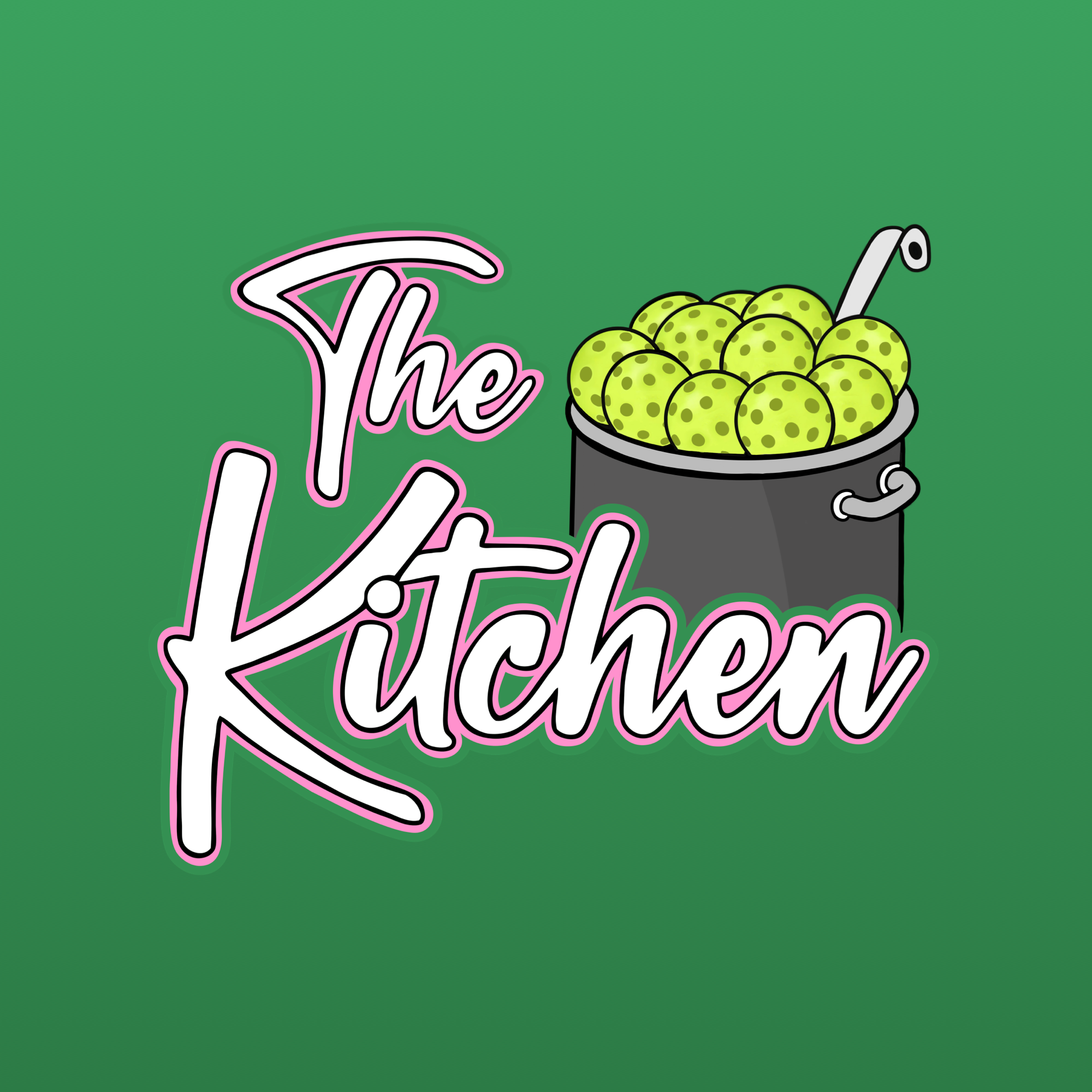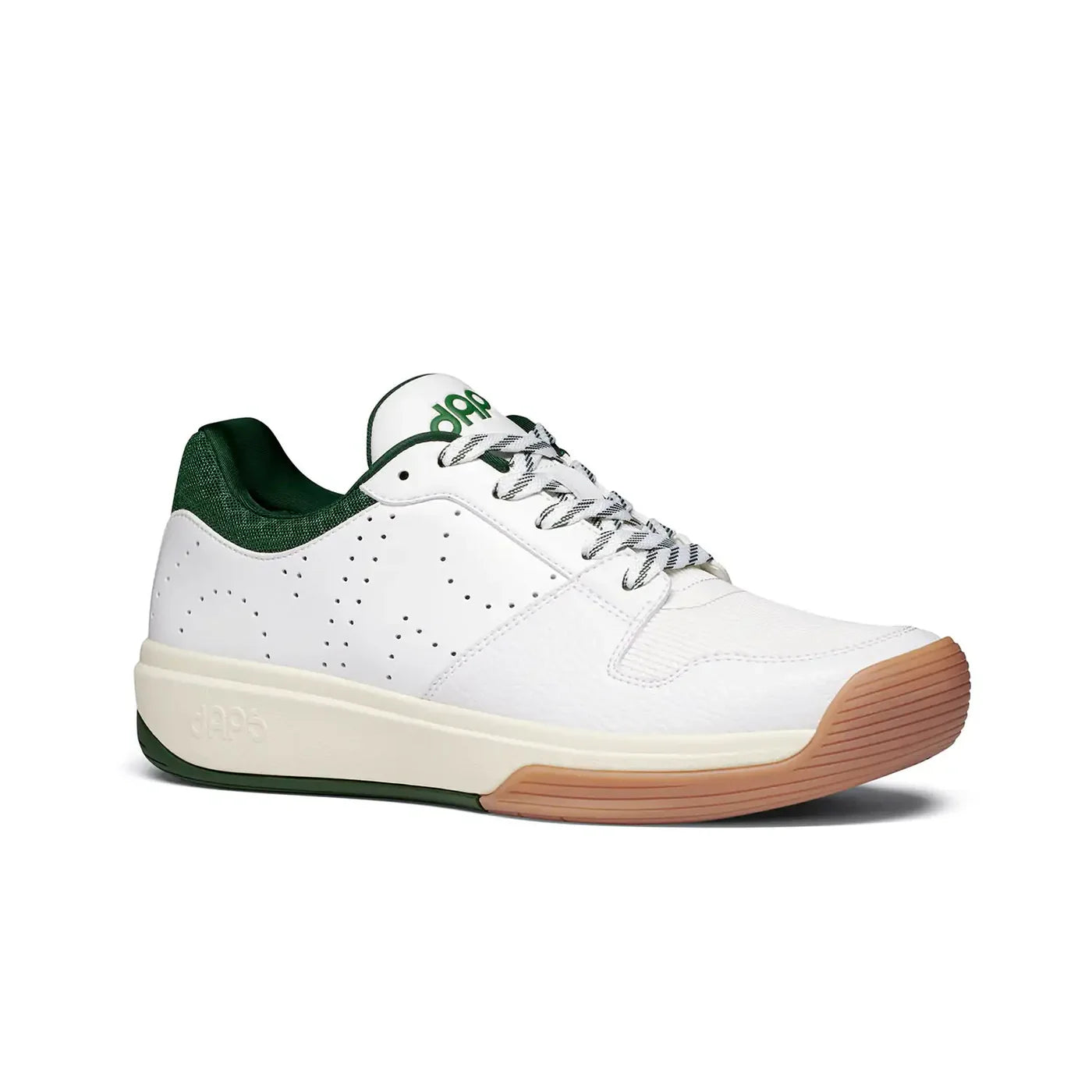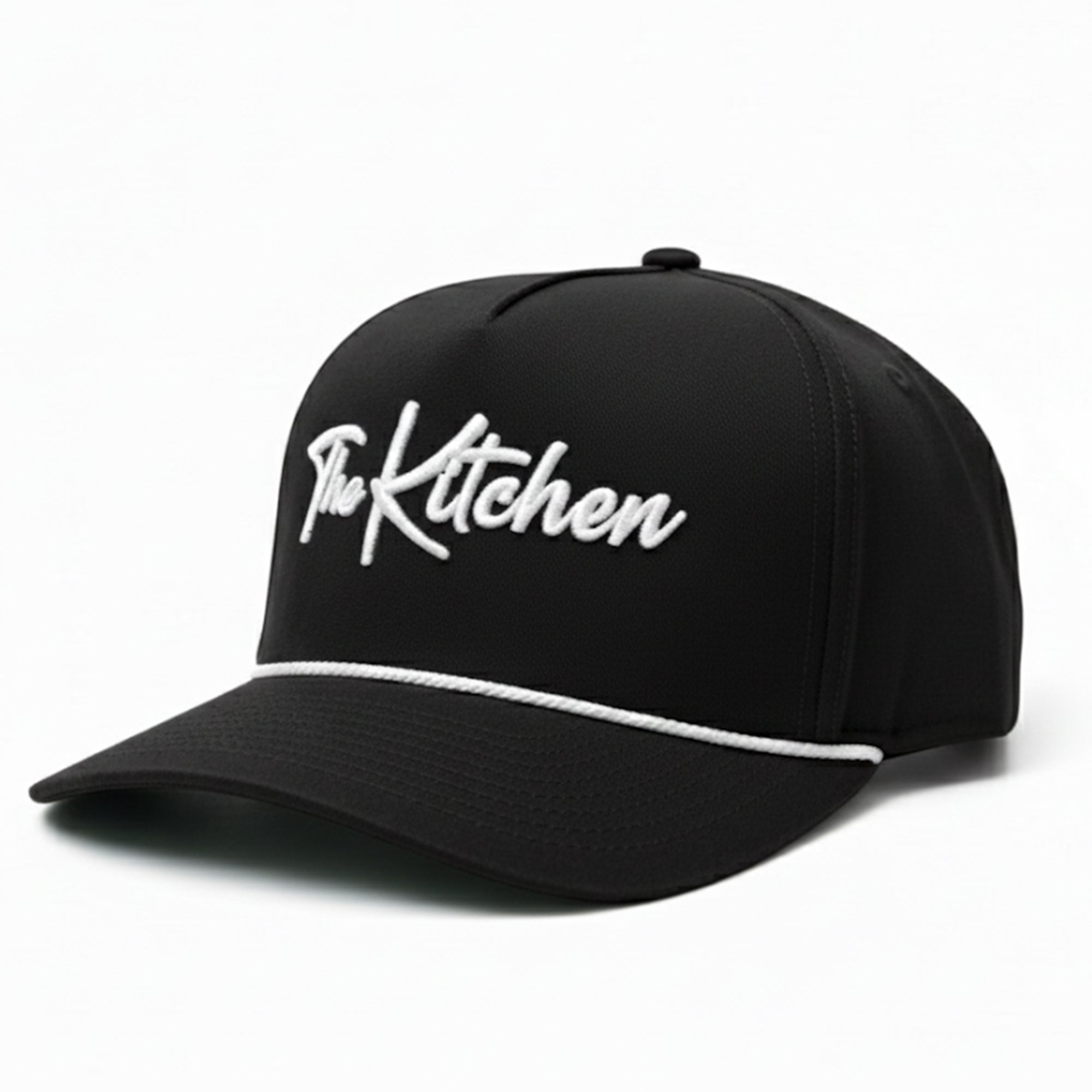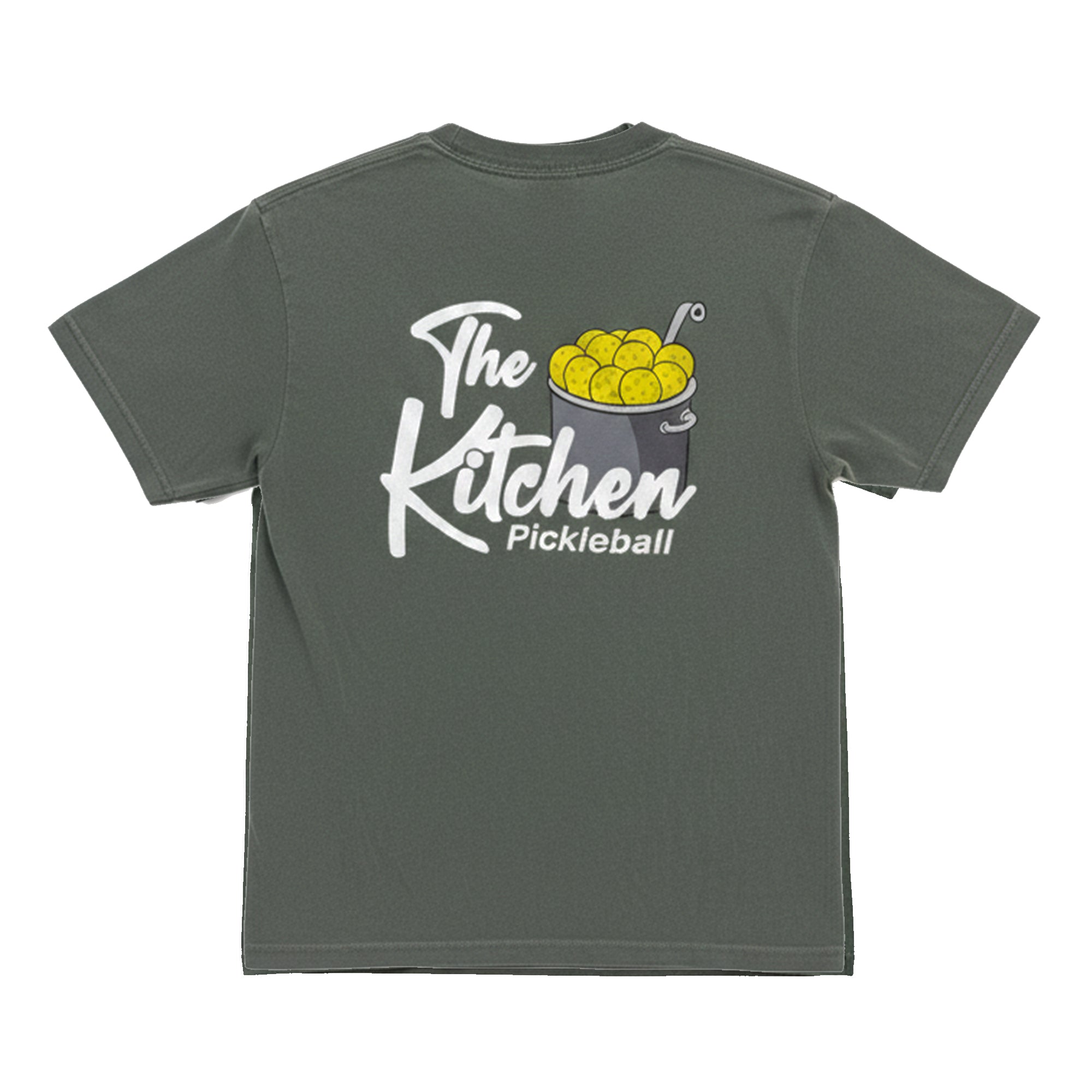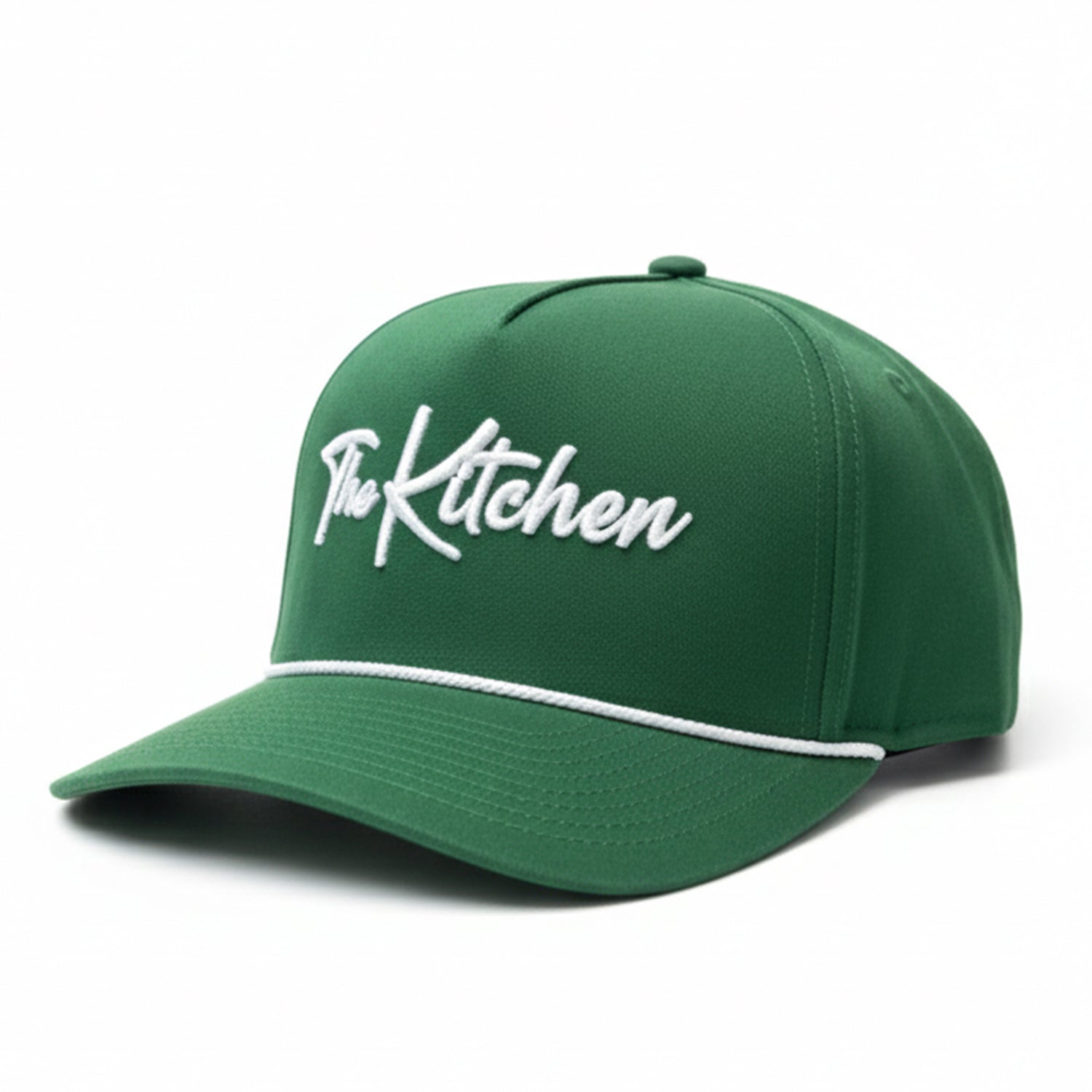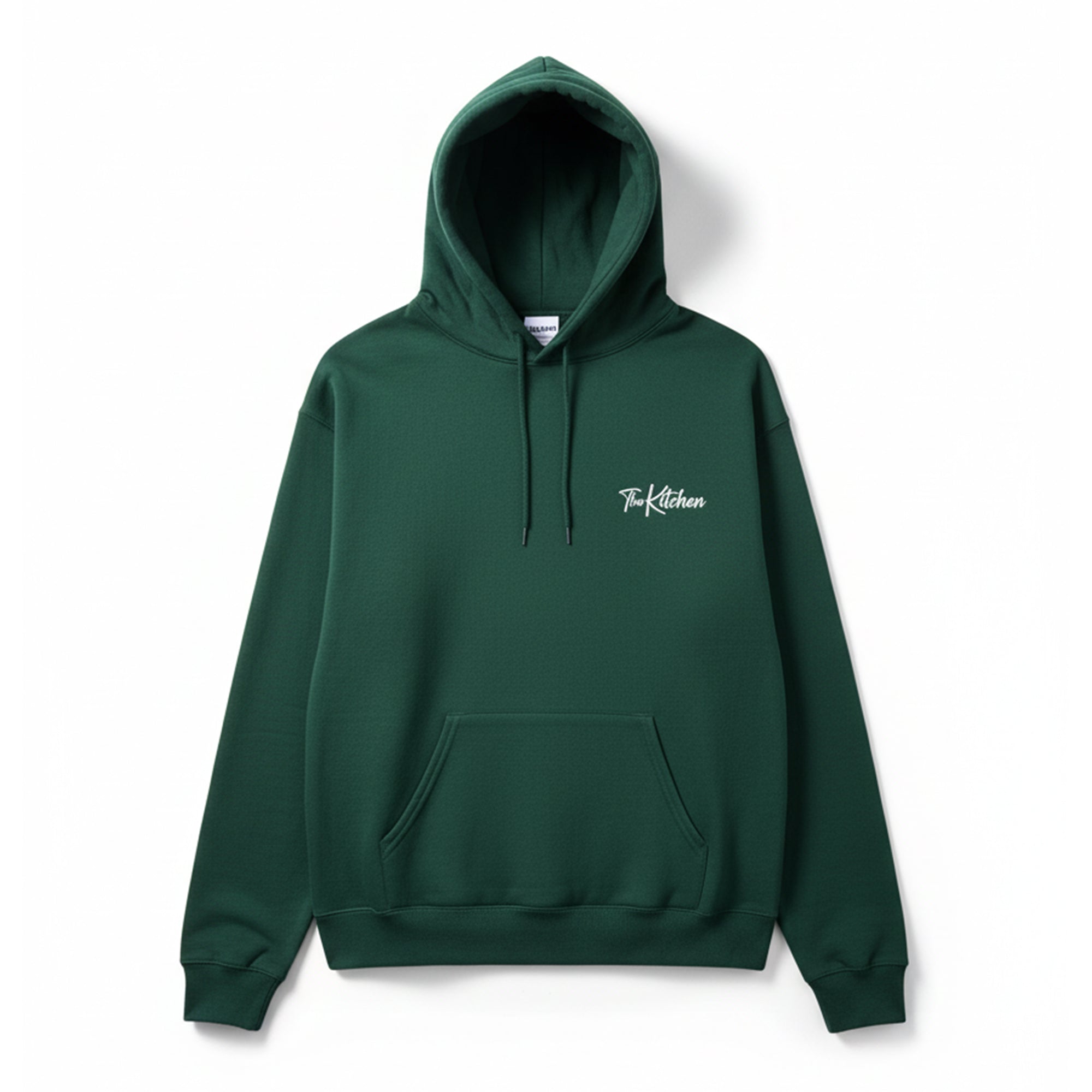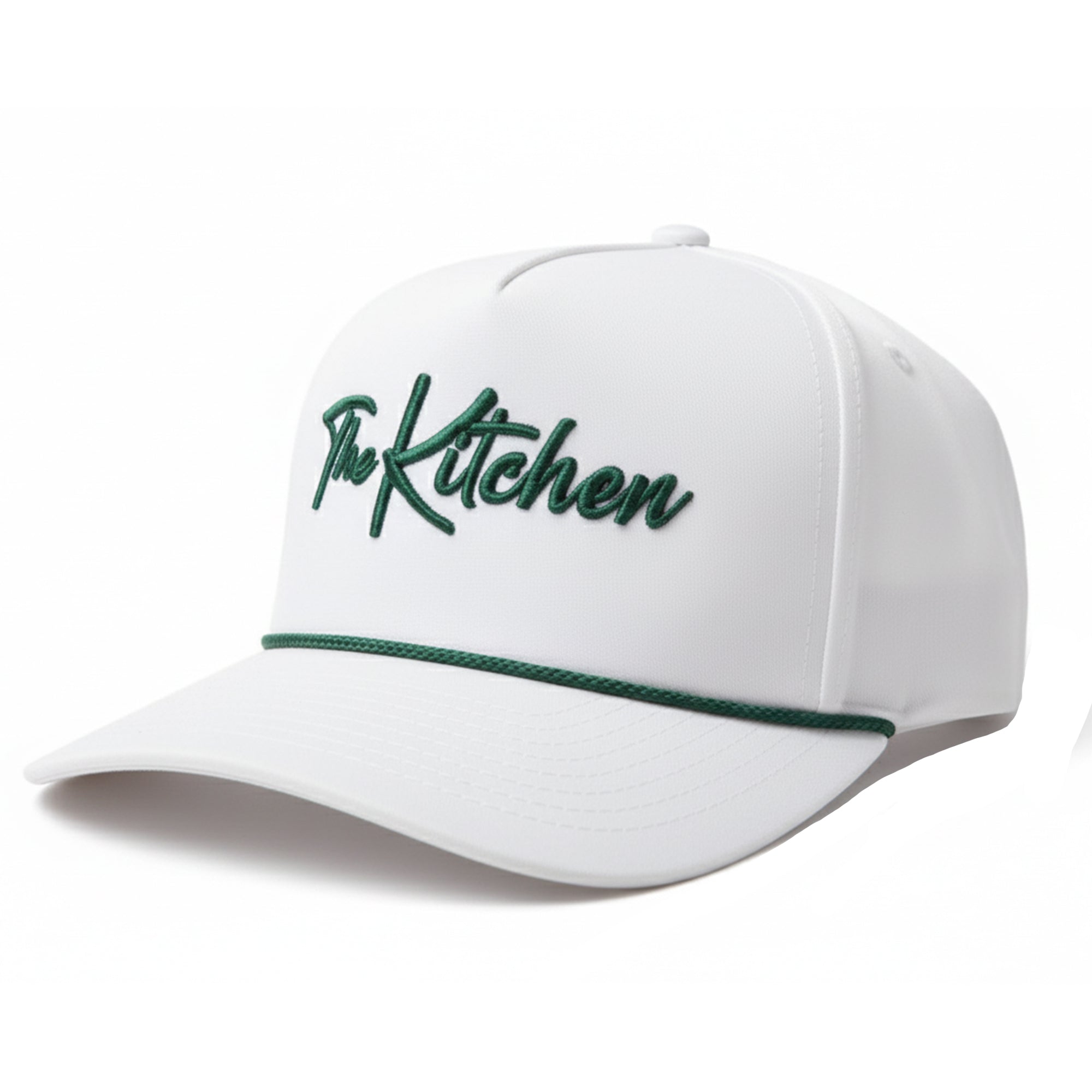Spin in Pickleball: Everything You Need to Know About Technique and Strategy
Last Edited
Oct 10 2024
Category
Instruction
Learning how to effectively use spin in pickleball may feel fun once you've mastered it, but there is significant strategy behind spin that make it less of a flashy move and more of a game-changing tactic:
- Mastering spin can help you achieve better control
- Mastering spin can help you be more aggressive with your shots
- Well-utilized spin throws your opponents off their game
Spin matters. But a word to the wise: you should only focus heavily on spin once you've mastered basic "flat" shots.
Otherwise, the benefits above go out the window and you'll lose control of the ball (and risk frustrating everyone around you with out ball after out ball).
Is Spin Important in Pickleball?
The short answer? Absolutely. Spin adds a layer of unpredictability to your shots, but more importantly it allows for added speed and aggression on otherwise-unattackable low balls.
Topspin, for example, can make the ball drop faster after crossing the net, while slice (or underspin) keeps the ball low after it bounces, forcing awkward returns.
At higher levels of play, spin is not just important—it’s essential. Players who can consistently generate topspin or slice on their shots gain the upper hand by manipulating the ball's flight path.
How to Put Spin on a Pickleball
There are three primary types of spin in pickleball: topspin, slice (underspin), and sidespin.
Here's how to add each type of spin to your arsenal:
1. Topspin
Topspin makes the ball dive down after it crosses the net. It’s especially useful for aggressive dinks, drives, and serves.
To generate topspin:
- Start with your paddle below the ball.
- Brush up as you make contact, ensuring the paddle face is slightly closed (tilted forward).
- Follow through with your paddle high, like you’re “brushing” the ball up.
Topspin is commonly used in third-shot drops and dinks because the ball dips fast and bounces higher, forcing your opponent to react quickly.
2. Slice (Underspin)
Slice, or underspin, is the reverse of topspin. Instead of making the ball dip, it makes the ball float longer in the air and skid low after bouncing. This keeps your opponents off balance, especially if they struggle with low shots.
To hit a slice:
- Position your paddle above the ball.
- Cut downwards at the ball, maintaining an open paddle face (tilted backward).
- The goal is to “cut” under the ball gently, allowing it to glide low over the net.
Slices work well on returns and drops, keeping the ball low and hard to attack. If you're looking for a shot to frustrate your opponent and control the pace, slice is your answer.
3. Sidespin
Sidespin is trickier but can be lethal when used correctly. The ball curves left or right depending on the direction of your spin. To generate sidespin:
- For right-handed players, carve the paddle across the ball from right to left or left to right.
- For lefties, reverse the direction.
The ball will curve mid-air and often takes an unpredictable bounce. It’s less common in high-level play but can still be a great way to surprise your opponent during a rally or serve.
Are Spin Serves Legal in Pickleball?
Yes, spin serves are legal in pickleball—with a few important rules.
Players cannot use their hands to impart spin on the ball before serving.
However, you can still generate spin using your paddle, as long as the serve complies with the basic rules: the ball must be struck below the waist and with an upward motion.
There are two main types of legal spin serves:
Topspin serve: By brushing up on the ball with your paddle, you generate topspin, causing the ball to dip faster and shoot off the bounce.
Sidespin serve: Swinging your paddle across the ball allows it to curve mid-air, making it difficult for your opponent to judge where it will land.
While the topspin serve is more common, the sidespin serve can throw off your opponent’s timing, especially if they’re not used to it.
Pickleball Spin Strategy
Now that you know how to hit different types of spin, let’s talk strategy.
Use Topspin to Play Offense
Topspin is best when you’re looking to play aggressive.
In rallies, adding topspin to your groundstrokes or drives makes the ball dip faster, forcing your opponent to either back up or risk popping the ball up—setting you up for a putaway.
It’s especially powerful in the mid-court when you want to force low, fast shots.
Slice for Defensive Control
When you’re on the defensive, slice comes in handy.
It’s perfect for returns and third-shot drops. The underspin keeps the ball low, making it difficult for your opponent to execute an aggressive attack.
The key is to stay relaxed and focus on smooth, controlled strokes.
Sidespin as a Change-up
Sidespin is best used sparingly. Think of it as your curveball.
Whether on a serve or during a dink rally, sidespin can catch your opponent off guard, making the ball move unexpectedly.
However, it’s harder to control and should be used as a strategic surprise, not a go-to shot.
Practice and Patience
If you’re new to spin, don't rush. Spin shots require practice, especially as you work on generating them consistently while keeping control.
Start by practicing on the wall or with a partner, and focus on one type of spin at a time—whether it’s topspin, slice, or sidespin. Once you’ve mastered the basics, incorporate spin into your game strategy.


